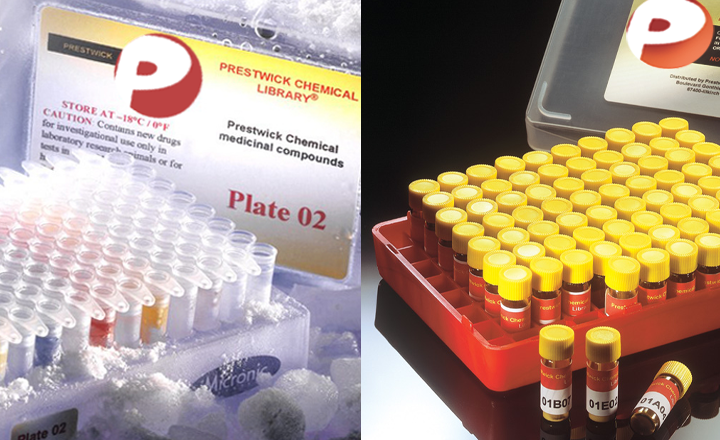Identification of Lysosome‐targeting Drugs with Anti‐inflammatory Activity as Potential Invasion Inhibitors of Treatment Resistant HER2 Positive Cancers
Hansen, M. B.; Postol, M.; Tvingsholm, S.; Nielsen, I. Ø.; Dietrich, T. N.; Puustinen, P.; Maeda, K.; Dinant, C.; Strauss, R.; Egan, D.; Jäättelä, M.; Kallunki, T.
Cell Oncol (Dordr) 44 (4) 805–820 (2019)
Purpose: Most HER2 positive invasive cancers are either intrinsic non-responsive or develop resistance when treated with 1st line HER2 targeting drugs. Both 1st and 2nd line treatments of HER2 positive cancers are aimed at targeting the HER2 receptor directly, thereby strongly limiting the treatment options of HER2/ErbB2 inhibition resistant invasive cancers.
Methods: We used phenotypic high throughput microscopy screening to identify efficient inhibitors of ErbB2-induced invasion using 1st line HER2 inhibitor trastuzumab- and pertuzumab-resistant, p95-ErbB2 expressing breast cancer cells in conjunction with the Prestwick Chemical Library®. The screening entailed a drug’s ability to inhibit ErbB2-induced, invasion-promoting positioning of lysosomes at the cellular periphery, a phenotype that defines their invasiveness. In addition, we used high throughput microscopy and biochemical assays to assess the effects of the drugs on lysosomal membrane permeabilization (LMP) and autophagy, two features connected to cancer treatment. Using 2nd line HER2 inhibitor lapatinib resistant 3dimensional model systems, we assessed the effects of the drugs on ErbB2 positive breast cancer spheroids and developed a high-throughput invasion assay for HER2 positive ovarian cancer organoids for further evaluation.
Results: We identified Auranofin, Colchicine, Monensin, Niclosamide, Podophyllotoxin, Quinacrine and Thiostrepton as efficient inhibitors of invasive growth of 2nd line HER2 inhibitor lapatinib resistant breast cancer spheroids and ovarian cancer organoids. We classified these drugs into four groups based on their ability to target lysosomes by inducing autophagy and/or LMP, i.e., drugs inducing early LMP, early autophagy with late LMP, late LMP, or neither.
Conclusions: Our results indicate that targetable lysosome-engaging cellular pathways downstream of ErbB2 contribute to invasion. They support lysosomal trafficking as an attractive target for therapy aiming at preventing the spreading of cancer cells. Since these drugs additionally possess anti-inflammatory activities, they could serve as multipurpose drugs simultaneously targeting infection/inflammation and cancer spreading.


